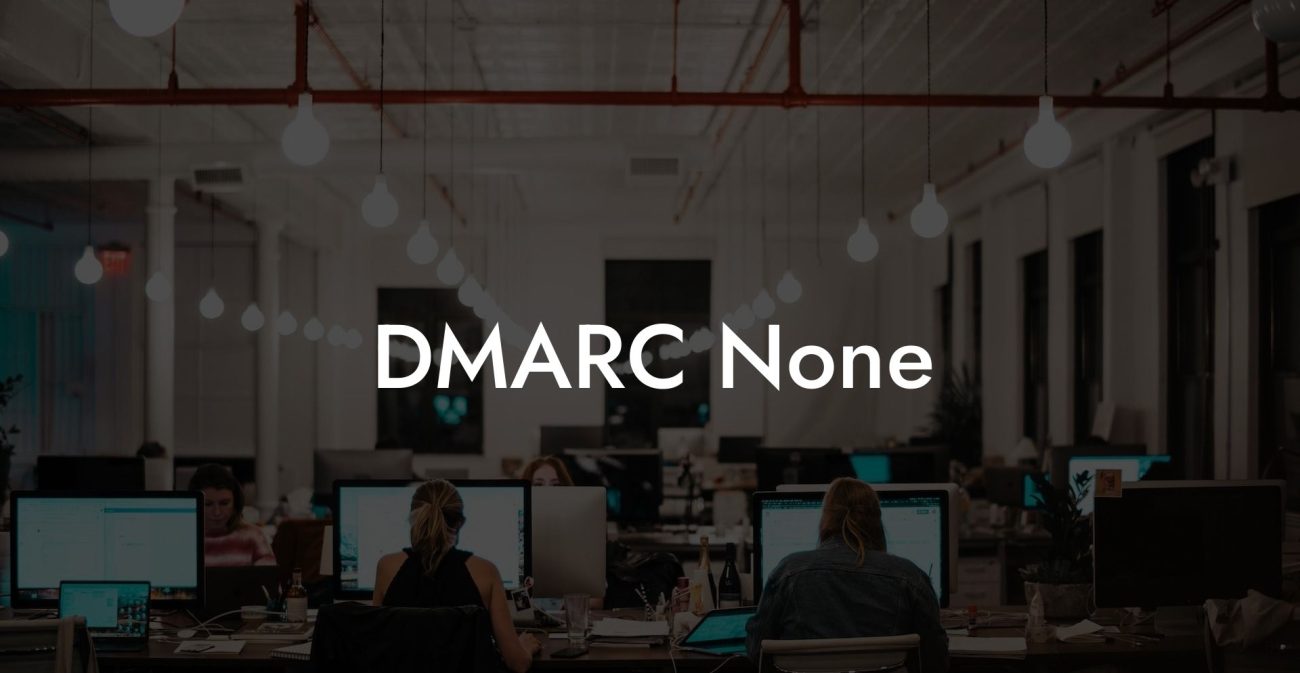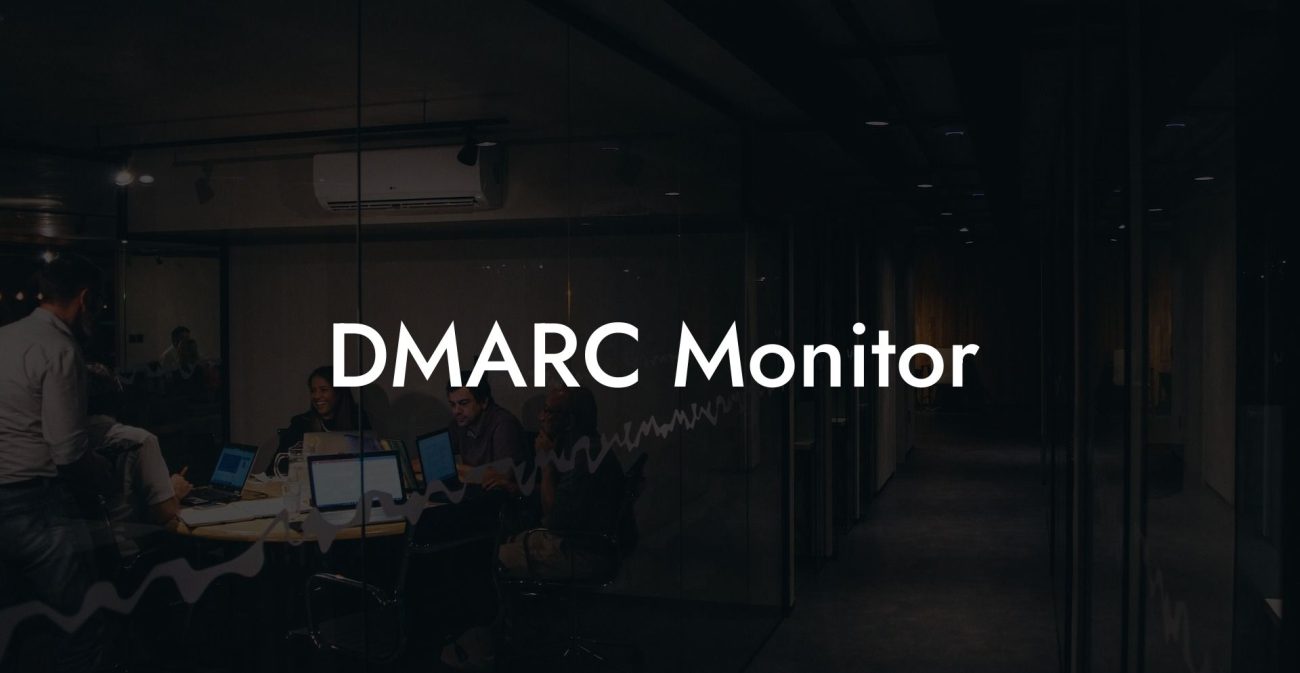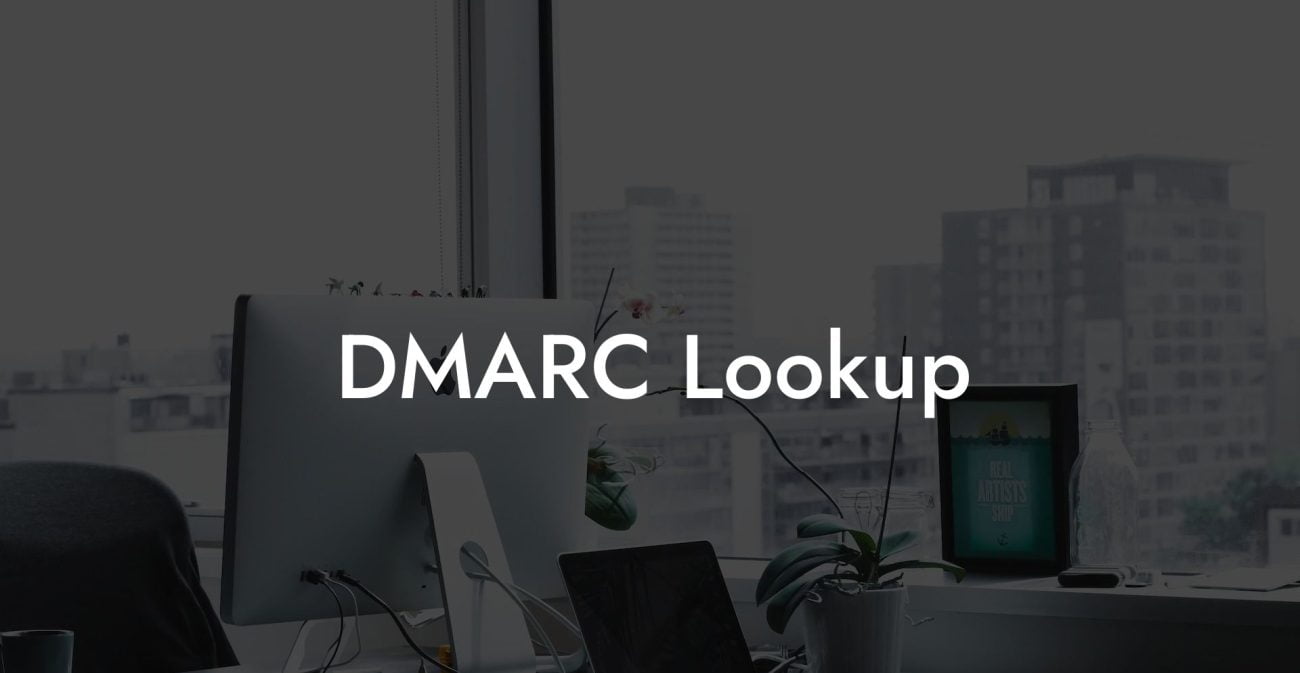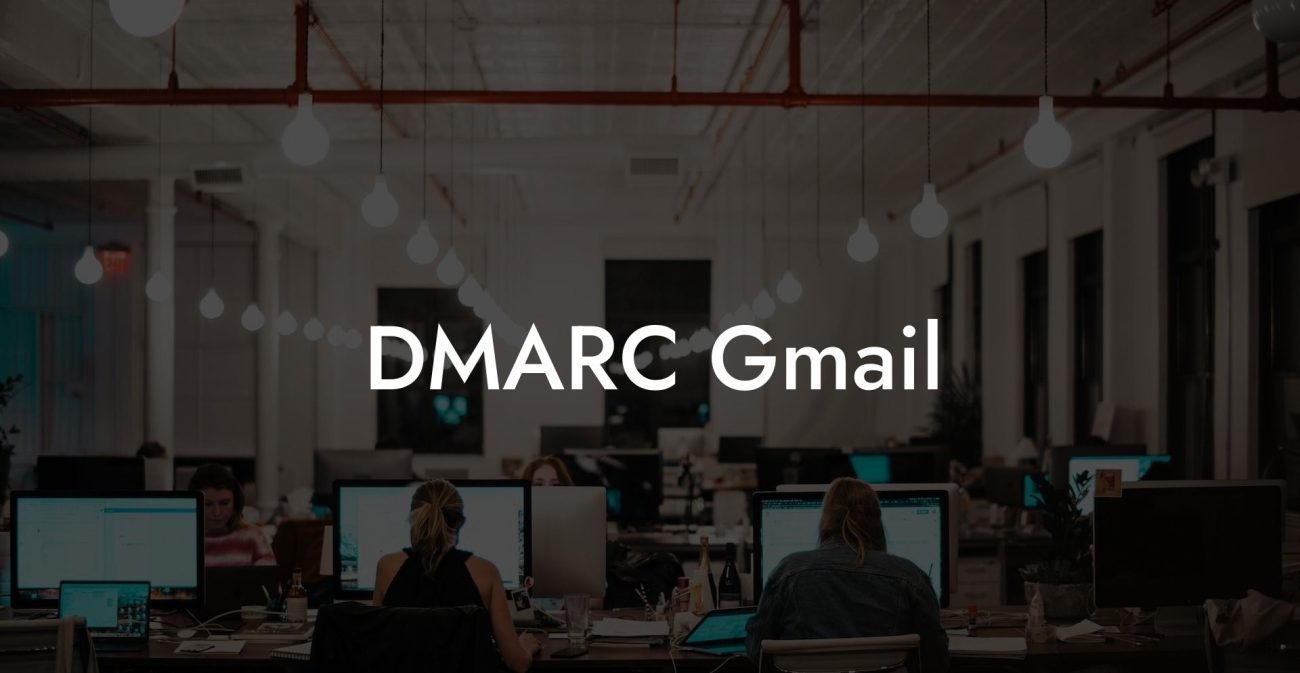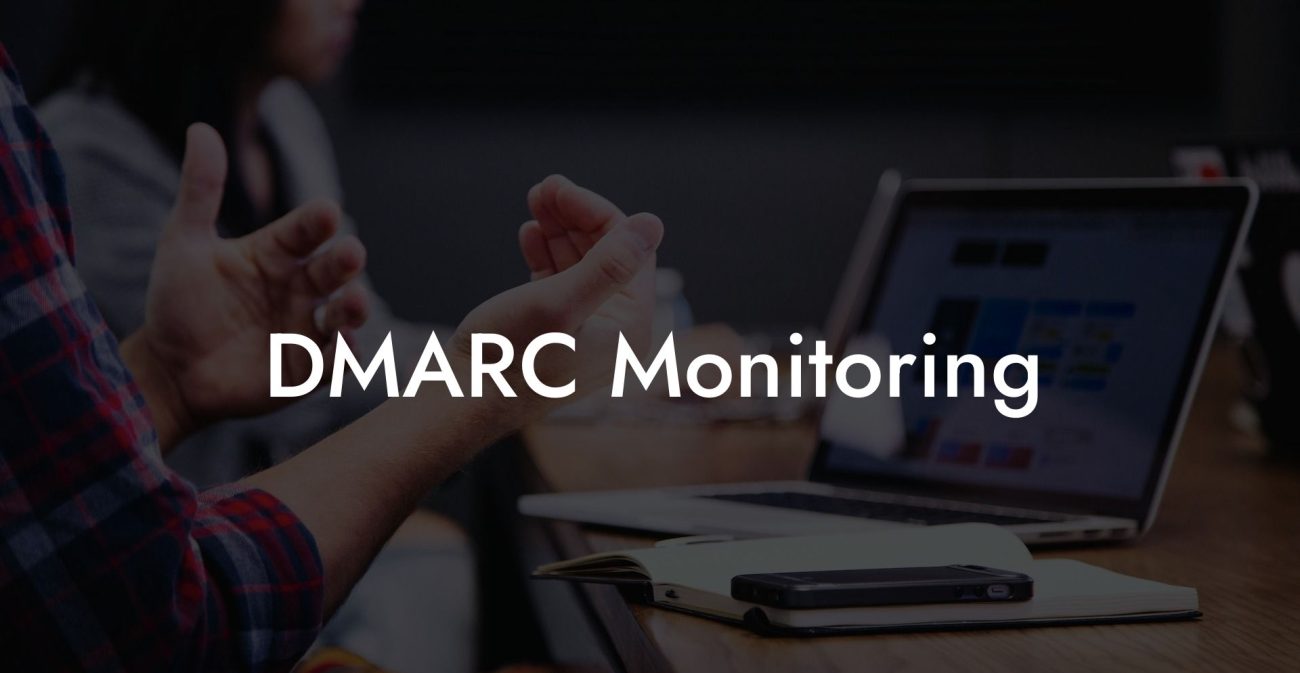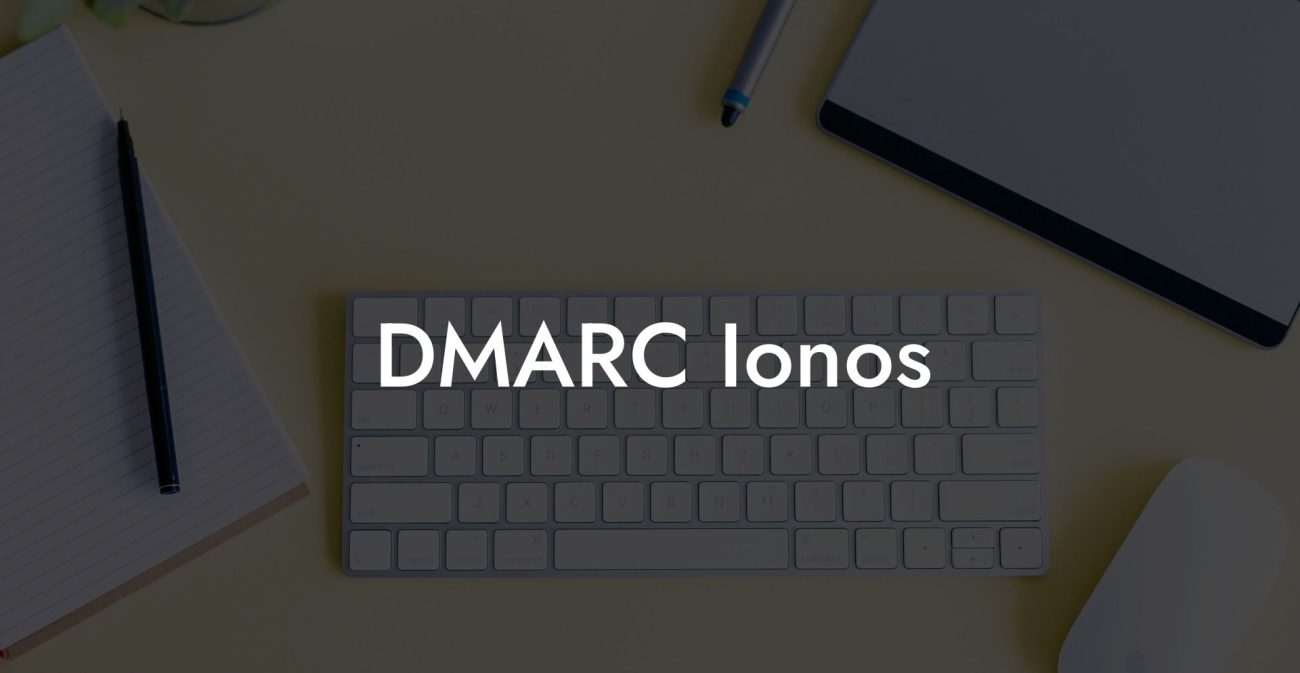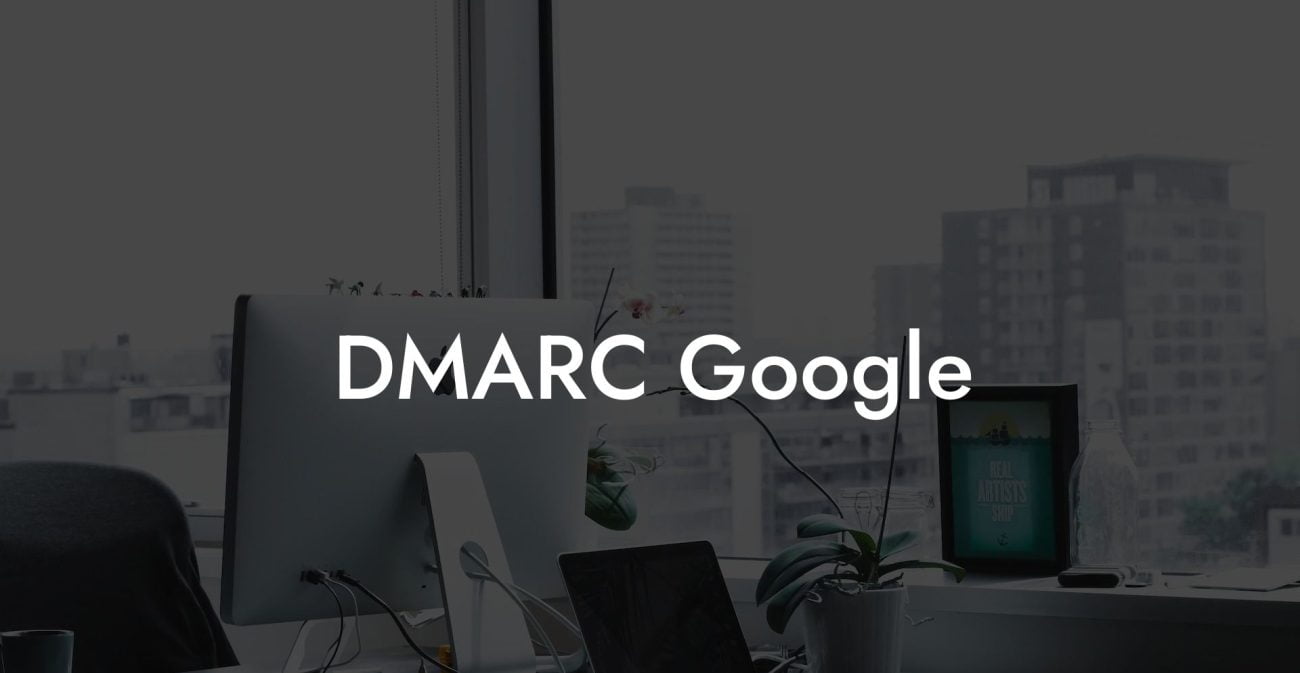With the growing risks of phishing and other cyber threats, it's more important than ever to ensure the security of your organization's email communications. One effective method for increasing email security is implementing DMARC (Domain-based Message Authentication, Reporting, and Conformance). In this article, we will dive deep into what DMARC is, how it works, and why it's a crucial tool for protecting your organization from phishing attacks.
What is DMARC?
DMARC is an email authentication protocol designed to protect your domain from phishing attacks and spam by granting applications the ability to review incoming messages for authenticity. It combines two existing authentication methods: SPF (Sender Policy Framework) and DKIM (DomainKeys Identified Mail).
Protect Your Data Today With a Secure Password Manager. Our Top Password Managers:
DMARC builds on the existing framework by providing a set of rules for email senders and receivers to validate each other's authenticity; this prevents unauthorized entities from masquerading as legitimate senders. The DMARC protocol allows domain owners to define policies that dictate how their domain's messages should be handled if they fail to meet authentication standards.
How DMARC Works
To understand how DMARC works, let's briefly review the roles of SPF and DKIM in the process.
SPF (Sender Policy Framework)
SPF is an email validation protocol used to verify the sender of an email by checking if their IP address is authorized by the domain owner. By doing this, SPF helps prevent email spoofing.
DKIM (DomainKeys Identified Mail)
DKIM is an email authentication technique that verifies the integrity of the email message by signing it with a cryptographic signature. This signature can then be decrypted and verified by the recipient's email server, ensuring that the email has not been tampered with during transit.
Now that we've laid out the groundwork for DMARC, let's explore the steps it takes to validate an email:
1. The sender's email server adds SPF and DKIM records to the message header.
2. The recipient's email server receives the message and extracts the domain information.
3. The recipient's email server checks the DMARC policy published by the sender's domain.
4. The recipient's server then verifies the SPF and DKIM records.
5. If the SPF and DKIM checks pass, the email is considered authentic. If either check fails, the DMARC policy determines how the email should be handled (e.g., quarantine or reject).
Benefits of Implementing DMARC
Implementing DMARC offers several benefits for organizations, including:
- Improved email security: DMARC helps protect against phishing attacks, email spoofing, and other forms of email abuse.
- Elevated domain reputation: Implementing DMARC can increase your domain's reputation with ISPs and email providers, leading to higher email deliverability rates.
- Reporting insights: DMARC reports can provide valuable insights into your email ecosystem, such as identifying potential security issues and helping to monitor the effectiveness of your SPF and DKIM policies.
DMARC Internet Example:
Imagine your organization, Example Corp, wants to enhance its email security by implementing DMARC. Here's how the process might look:
1. Example Corp's IT team configures SPF records for the company's email domain, ensuring that the organization's IP addresses are properly authorized.
2. The IT team also sets up DKIM signatures for outbound emails.
3. The team creates a DMARC policy based on their desired email validation rules.
4. This new DMARC policy communicates how incoming emails should be treated based on their SPF and DKIM authentication results.
5. As a result, recipient email servers know how to handle emails from Example Corp that fail authentication checks, ultimately reducing the risk of phishing attacks.
In conclusion, DMARC is an essential email security protocol that helps protect your organization from potential security threats posed by phishing attacks, email spoofing, and more. By implementing DMARC, you can increase the confidence of your recipients, improve your domain's reputation, and gain insight into potential vulnerabilities.
Don't forget to share this informative post with your colleagues and networks to help promote email security awareness. For more helpful guides and information on voice phishing and cybersecurity, be sure to explore the other articles on Voice Phishing.
Protect Your Data Today With a Secure Password Manager. Our Top Password Managers:




